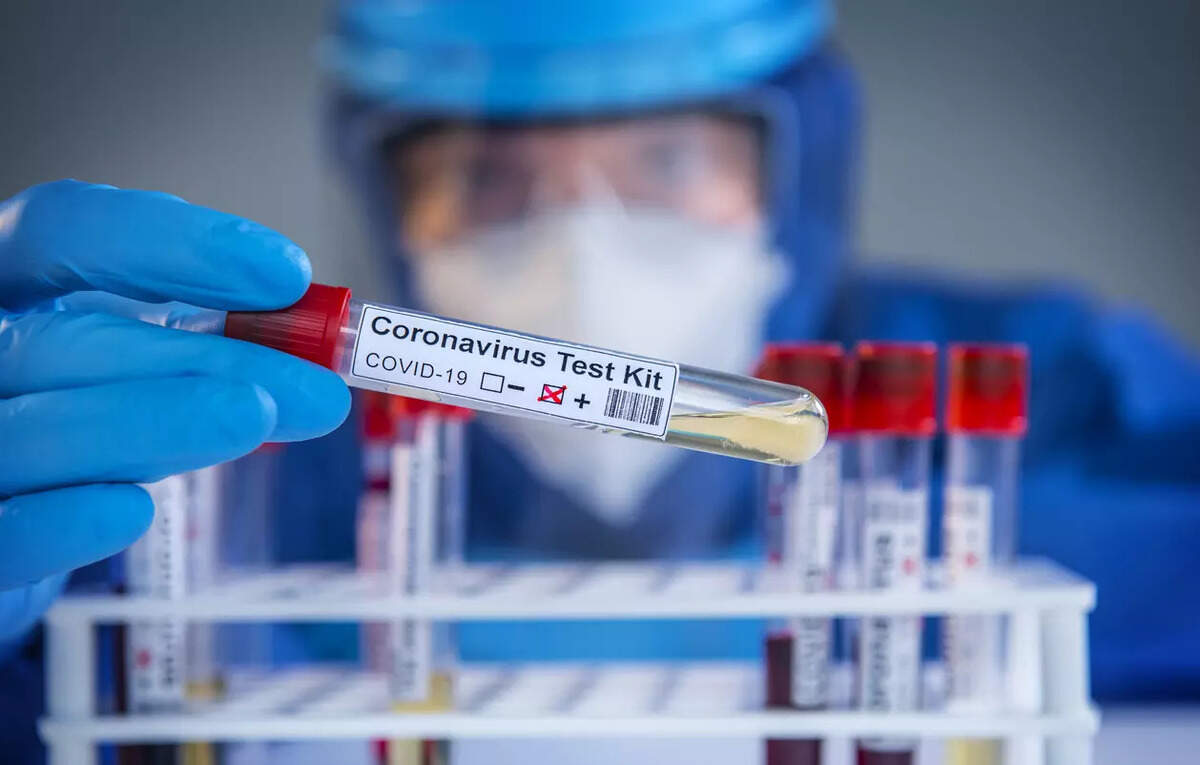
Contents
COVID-19: A Virus in Transition
As the world continues to grapple with the COVID-19 pandemic, a sense of uncertainty still lingers in the air. However, according to scientists, the virus is becoming less severe over time, and occasional increases in cases are expected as it becomes endemic and continues to evolve. In this article, we will delve into the latest developments and expert opinions on the current state of COVID-19.
A Milder Virus?
Dr. Chandrakant Lahariya, a global health expert, reassures us that COVID-19 is causing milder infections with each passing year. "It is now just another respiratory illness and less dangerous than flu. We can forget COVID-19 as a special case. It is not a cause of concern," he says. Anurag Agarwal from Ashoka University echoes this sentiment, stating that all subvariants of the virus have lower virulence but high infectivity. While some individuals may still experience severe disease, the vast majority will not, especially those who have had prior infections or vaccines.
Endemic and Evolving
The World Health Organization (WHO) declared the end of COVID-19 as a public health emergency in May 2023. Health experts now describe the disease as seasonal, endemic, or restricted to certain regions. As of June 6, there were over 5,300 active cases in India, with nearly 500 new cases reported in the last 24 hours. More than 4,700 people have recovered, and since January, 55 deaths have been reported, mainly among individuals with pre-existing conditions.
Caution Advised
While the situation may seem under control, experts advise caution, especially for those who are more vulnerable. Dr. Lahariya recommends that people with pre-existing illnesses and those older than 65 should follow standard precautions, as they would against any other respiratory infection. Kerala is the most affected state in India, with over 1,600 cases, followed by Gujarat, West Bengal, Delhi, and Maharashtra.
A Broader Trend
The increase in cases in India is part of a broader trend in Southeast Asia, including Singapore, Malaysia, Thailand, and Hong Kong. Wastewater surveillance has detected the presence of the virus in samples from sewage treatment plants in Pune. Genome sequencing of samples from western and southern India has shown links to Omicron subvariants LF.7, XFG, JN.1, and NB.1.8.1. The WHO has classified LF.7 and NB.1.8.1 as ‘variants under monitoring’ (VUM).
Expert Insights
Immunologist Satyajit Rath explains that the subvariants are likely better at binding to human cells, despite existing antibodies. However, the important issue is not their infectivity, but their tendency to cause severe disease, or ‘virulence.’ Health experts emphasize that ups and downs in infections are expected because the virus is now endemic and constantly evolving.
Public Health Measures
Rajiv Behl, Director General of the Indian Council of Medical Research (ICMR), assures us that the cases are not severe and there is no need to worry. However, experts stress the need for continued vigilance and public health measures. Dr. Lahariya advises the public to get information from reliable sources and avoid sharing unverified messages. Satyajit Rath suggests monitoring the virulence of new strains and addressing systemic issues in public health systems and healthcare facilities.
The Way Forward
As we navigate this new landscape of COVID-19, it is essential to stay informed and take necessary precautions. The development of next-generation COVID vaccines and their widespread availability are crucial in the fight against the virus. By understanding the clinical features of the variants in circulation and exploring the linkage between infections and clinical outcomes, we can better prepare for the future.
Conclusion
In conclusion, while COVID-19 is becoming less severe over time, it is essential to remain cautious and take necessary precautions, especially for those who are more vulnerable. By staying informed, following public health measures, and addressing systemic issues, we can work together to mitigate the impact of this virus. As Dr. Lahariya says, "National and state governments in India should keep a watch on cases, monitor the trends in new cases, and share data widely." By doing so, we can ensure a safer and healthier future for all.
Join the Conversation
Stay up-to-date with the latest news and insights on COVID-19 and other healthcare topics by subscribing to our newsletter. Join the community of 2M+ industry professionals and get access to exclusive content, analysis, and more.
Download the ETHealthworld App
Get real-time updates, save your favorite articles, and stay informed on-the-go with the ETHealthworld App. Available for download on the App Store and Google Play.
Scan to Download
Scan the QR code to download the ETHealthworld App and stay connected to the latest news and updates in the healthcare industry.
Content originally published by health.economictimes.indiatimes.com















